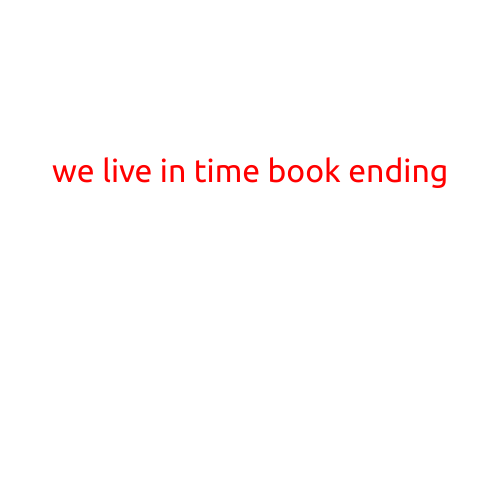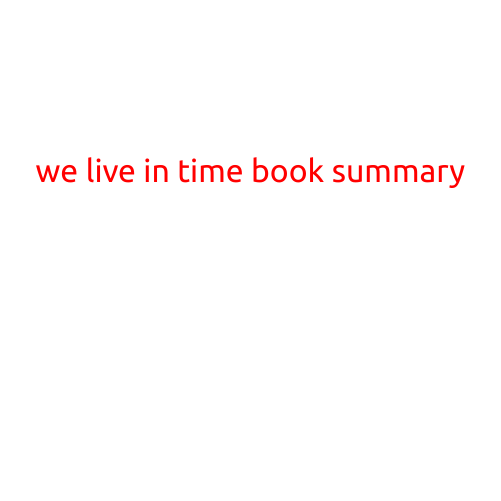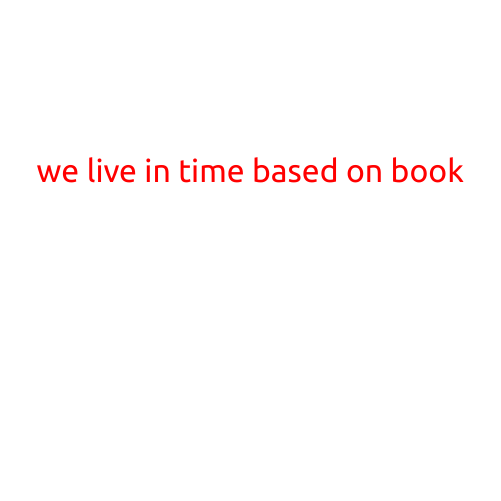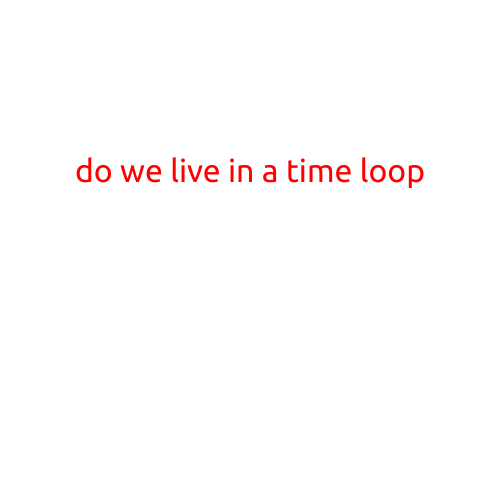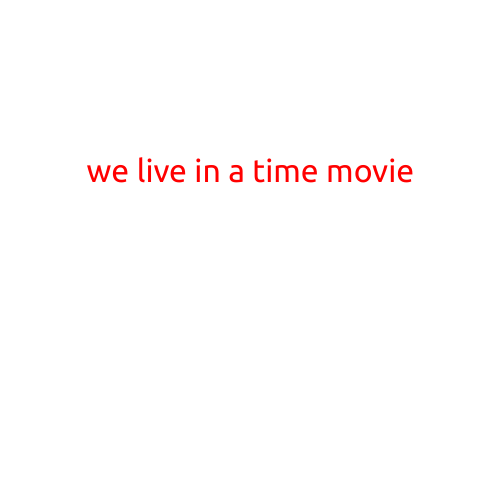
We Live in Time: A Journey Through the Fabric of Reality
Have you ever stopped to think about the nature of time? Is it a fixed and linear concept, or is it more complex and relative? In his thought-provoking book, “We Live in Time”, the author delves into the intricacies of time and space, exploring the fascinating theories that underpin our understanding of the universe.
According to Einstein’s theory of relativity, time is relative, and its measurement is influenced by gravity and motion. However, “We Live in Time” takes this concept a step further, examining the finer details of time’s behavior. The author argues that time is not just a measure of our experiences, but an actual fabric that comprises the very essence of reality.
The book begins by bridging the gap between modern physics and philosophy, providing a comprehensive overview of the fundamental laws that govern the universe. The author deftly navigates readers through the complexities of quantum mechanics, quantum field theory, and the Standard Model of particle physics. These theoretical frameworks form the foundation upon which our understanding of time is built.
As we journey deeper into the book, we encounter the concept of time dilation. This phenomenon, where time appears to slow down or speed up depending on one’s frame of reference, is a direct consequence of relativity. The author illustrates this concept through fictional scenarios, making complex theories more accessible and engaging.
One of the most fascinating aspects of “We Live in Time” is its exploration of the nature of time’s arrow. Why do we experience time in a particular direction, from past to present to future, rather than in a circular or looped fashion? The author examines various theories, from the second law of thermodynamics to the concept of entropy, to understand the underlying mechanisms driving time’s arrow.
The book also delves into the human experience of time, exploring how our perception of it is shaped by culture, emotions, and cognition. The author argues that our understanding of time is influenced by our brain’s processing of past and future events, and how these perceptions are filtered through our unique experiences and biases.
As we approach the conclusion of “We Live in Time”, the author proposes a radical new perspective on the nature of time. By reconciling modern physics with our everyday experience, the author presents a novel theory that suggests time is not a fixed, linear concept, but a dynamic and adaptive fabric that is influenced by both external factors (such as gravity and motion) and internal ones (such as our emotions and cognition).
Throughout the book, the author’s engaging writing style and insightful analogies make complex concepts accessible to readers from diverse backgrounds. By the end of “We Live in Time”, you will have gained a deeper understanding of the intricate workings of time and its role in shaping our understanding of the universe.
In conclusion, “We Live in Time” is a thought-provoking and illuminating journey through the fabric of reality. Whether you are a physics enthusiast, a philosophy buff, or simply a curious individual, this book will challenge your perceptions and broaden your understanding of the complex and fascinating world we live in.

